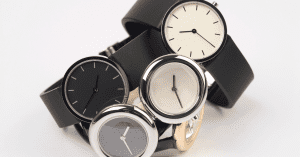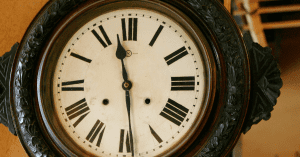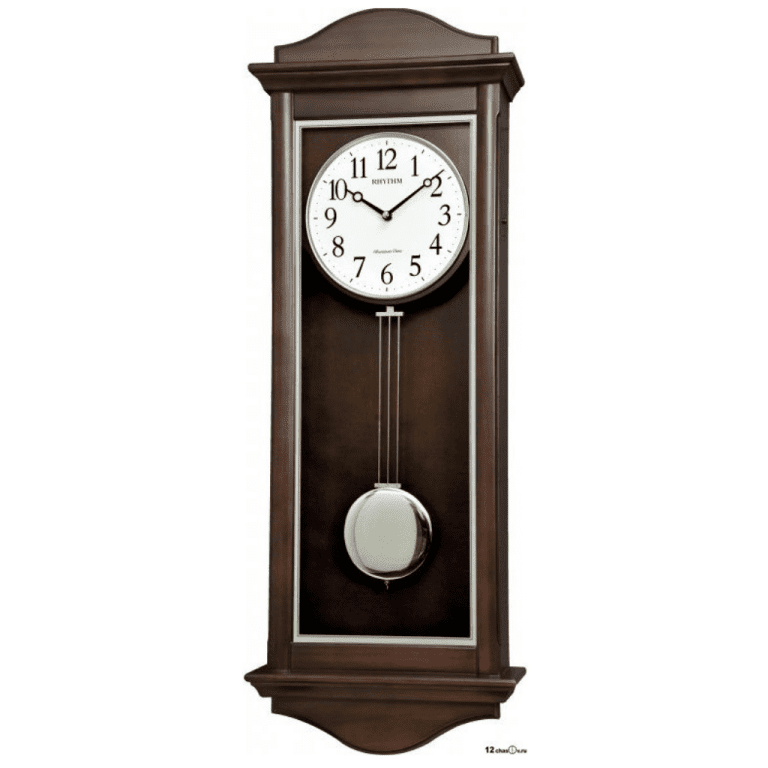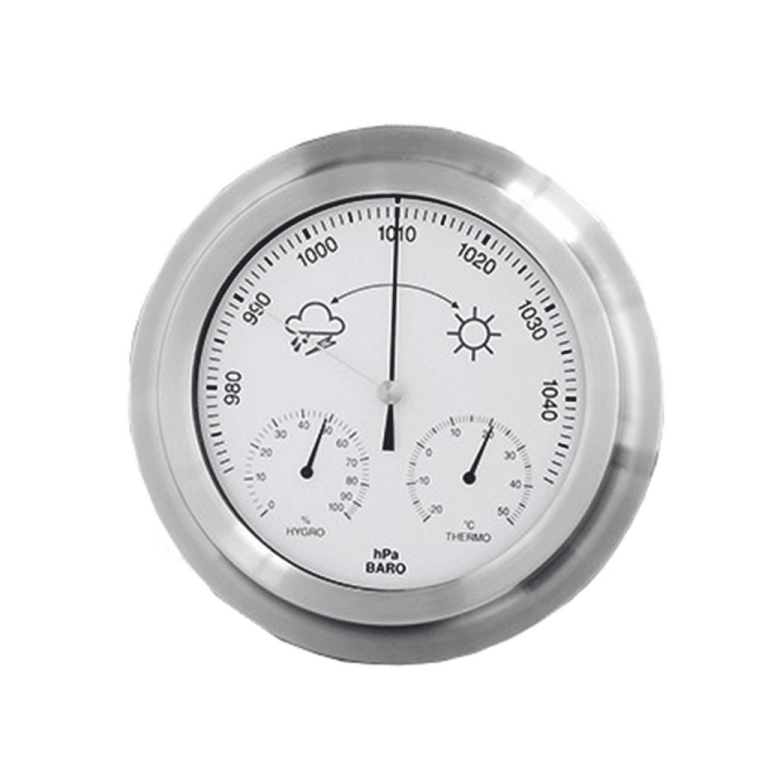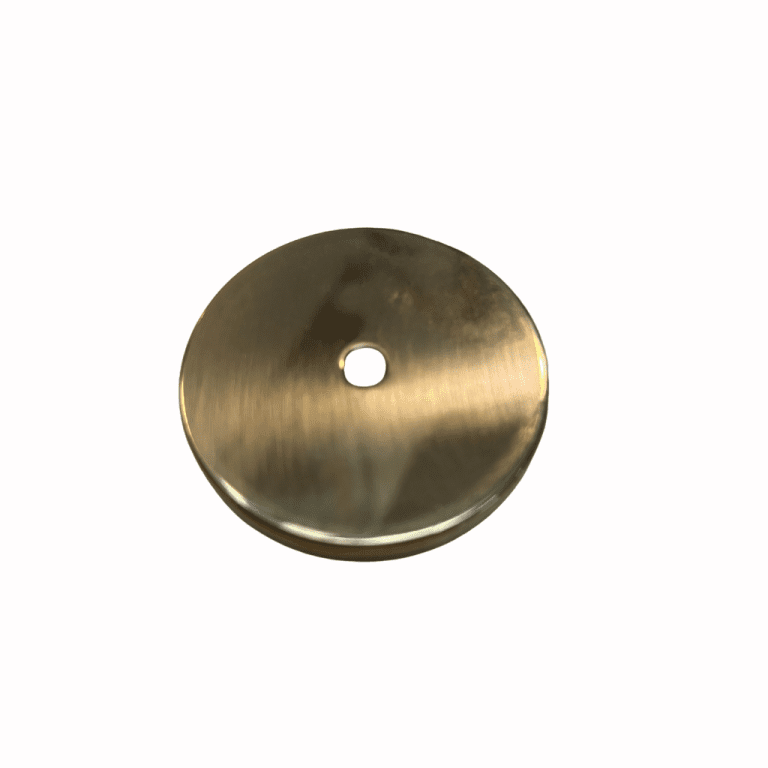Clocks, as we recognize them today, were invented in Europe during the late 13th and early 14th centuries. This period marked the transition from ancient timekeeping methods, such as sundials and water clocks, to mechanical clocks.
These initial mechanical timekeepers were monumental, installed in prominent public places like cathedrals and town squares. The invention of these mechanical clocks represented a significant technological advancement, enabling more precise time measurement than was previously possible with earlier timekeeping devices. The exact year of the invention of the first mechanical clock is not definitively known, but references to such devices started appearing in historical records around the late 1200s to early 1300s.
Sundials
Sundials, the predecessors of mechanical clocks, serve as a testament to early human ingenuity in timekeeping. The journey into the realm of timekeeping begins with sundials, humanity’s first foray into dividing and understanding the passage of days. These ancient devices, which date back to 1500 BC, used the sun’s shadow cast by a gnomon (a stick or pillar) to indicate time. Found in ancient civilizations from ancient Egypt to Greece, sundials not only marked time but also symbolized the broader human quest to harness nature’s rhythms.
Devices that Measure Duration, Elapsed Time, and Intervals
Before the advent of modern timekeeping, various cultures developed ingenious devices to measure time. From the incense clocks of East Asia, which used the burning rate of incense sticks to mark time, to the hourglass, a simple yet effective tool that used the flow of sand to measure shorter intervals, these devices reflected the diversity and creativity of human ingenuity in timekeeping.
Credited to :https://historycooperative.org



